Container Terminals
Advanced Monitoring and Inspection of Container Terminals
Container terminals require continuous security monitoring, efficient operational management, and optimization of loading and unloading processes. Drones provide rapid and automated surveillance, leading to reduced costs and increased site security.
Monitoring of Container Operations and Logistics Processes
Operational efficiency in container terminals depends on the smooth movement of containers, proper organization, and error minimization. Drones can automatically monitor operations, identify containers by transmitting photos to TOS systems, and monitor logistics operations.
Video of Logistics Process Monitoring
Drone Usage Options for Logistics Processes:
- Automatic Scanning of Barcodes and QR Codes – Instant container identification.
- Control of Goods Loading and Unloading – Ensuring smoothness and minimizing errors.
- Monitoring Forklift Movement – Ensuring employee safety.
- Terminal Capacity Analysis – Accurate record of cargo space utilization.
- Detection of Improper Storage of Hazardous Materials – Accident prevention.
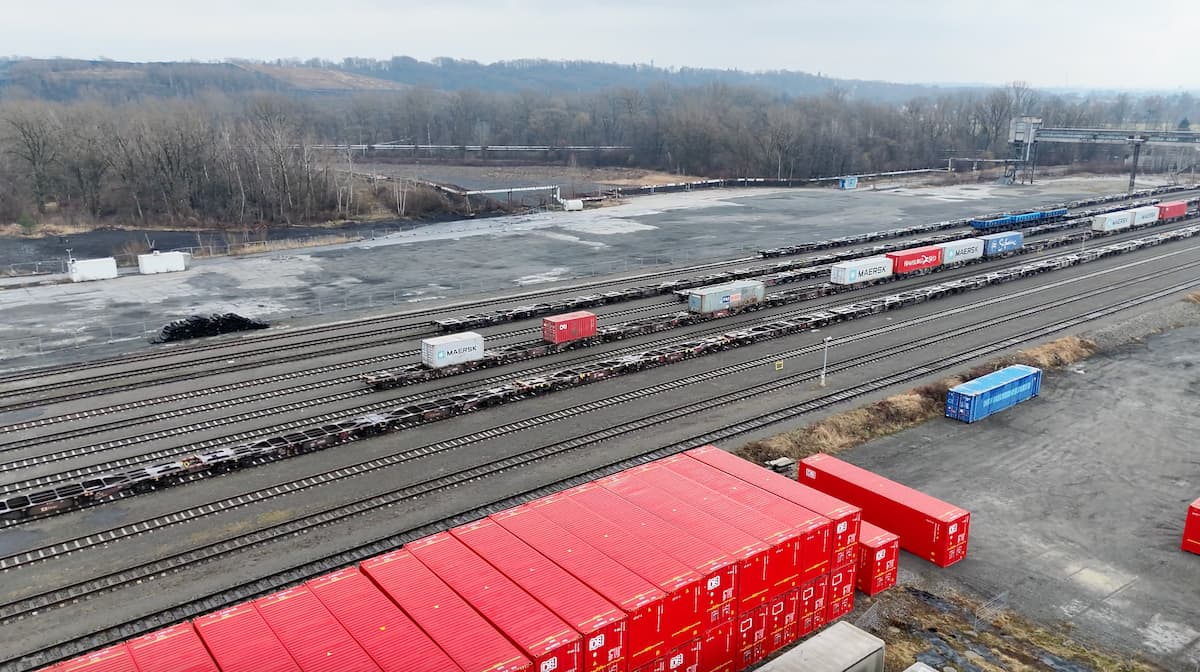
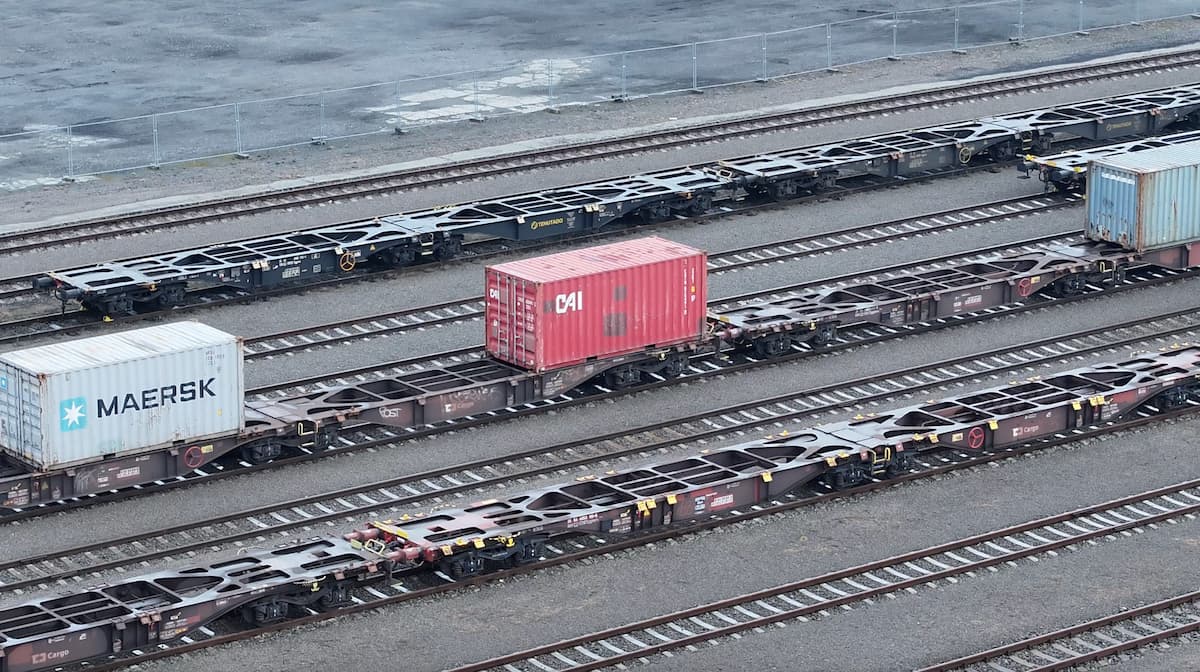
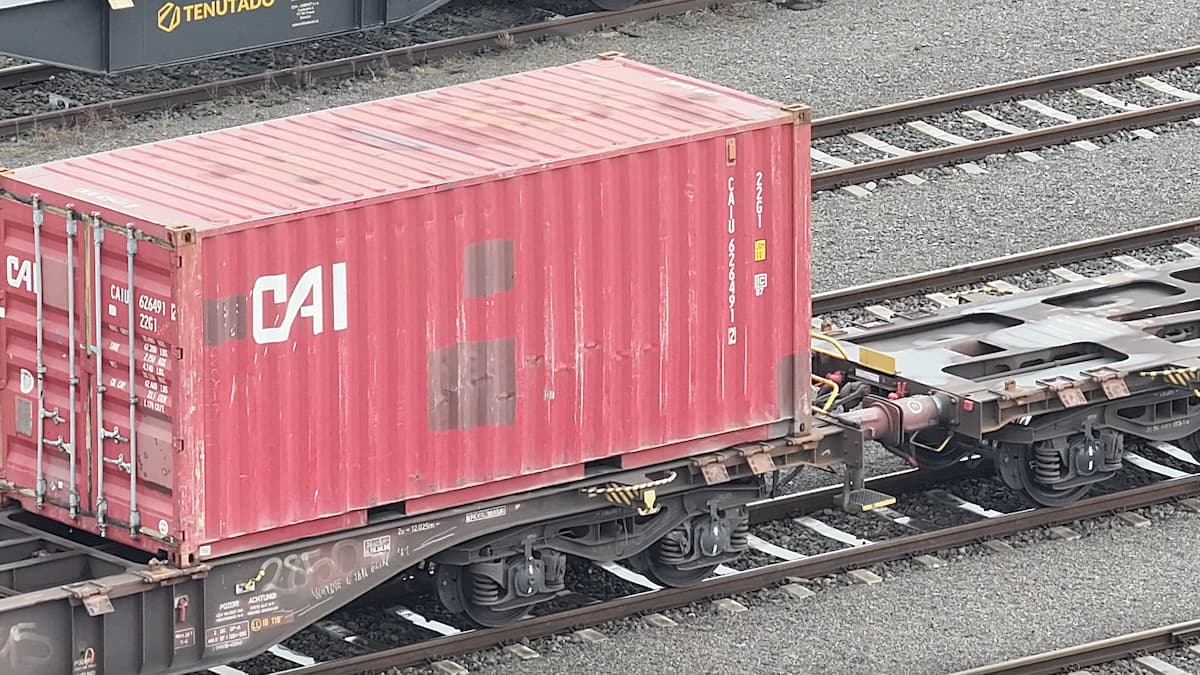
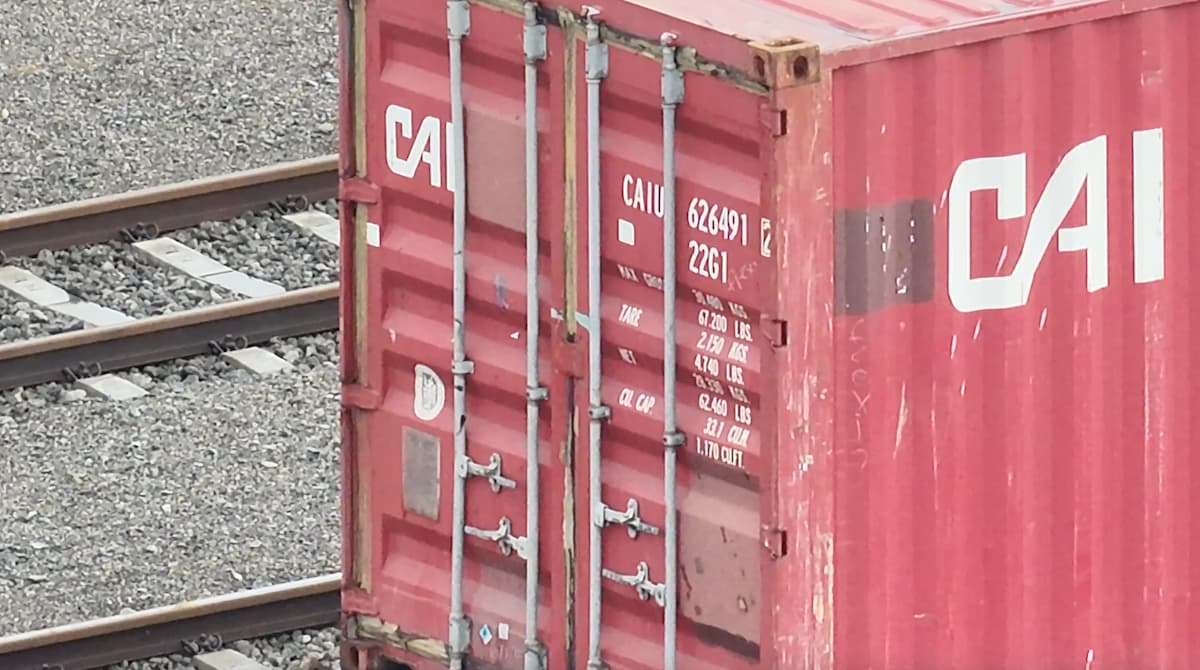
Photo Gallery of Zooming in on a Container on a Train Set
Securing Container Areas and Theft Protection
Container terminals are frequent targets of criminal activity, including theft, vandalism, or unauthorized entry. Drones equipped with night vision, IR cameras, and AI motion analysis can automatically monitor the entire site and alert security to suspicious activities in real-time.
Drone Usage Options for Securing Container Terminals:
- Night and Day Site Patrol – Drones fly according to a programmed route and guard the perimeter.
- Detection of Unauthorized Entry of Persons and Vehicles – Immediate alert of suspicious movement.
- Identification of Movement in Unauthorized Zones – Protection of sensitive terminal areas.
- Integration with Security System – Possibility of automated response to incidents.
- Surveillance of Deliveries and Loading – Prevention of theft during goods handling.
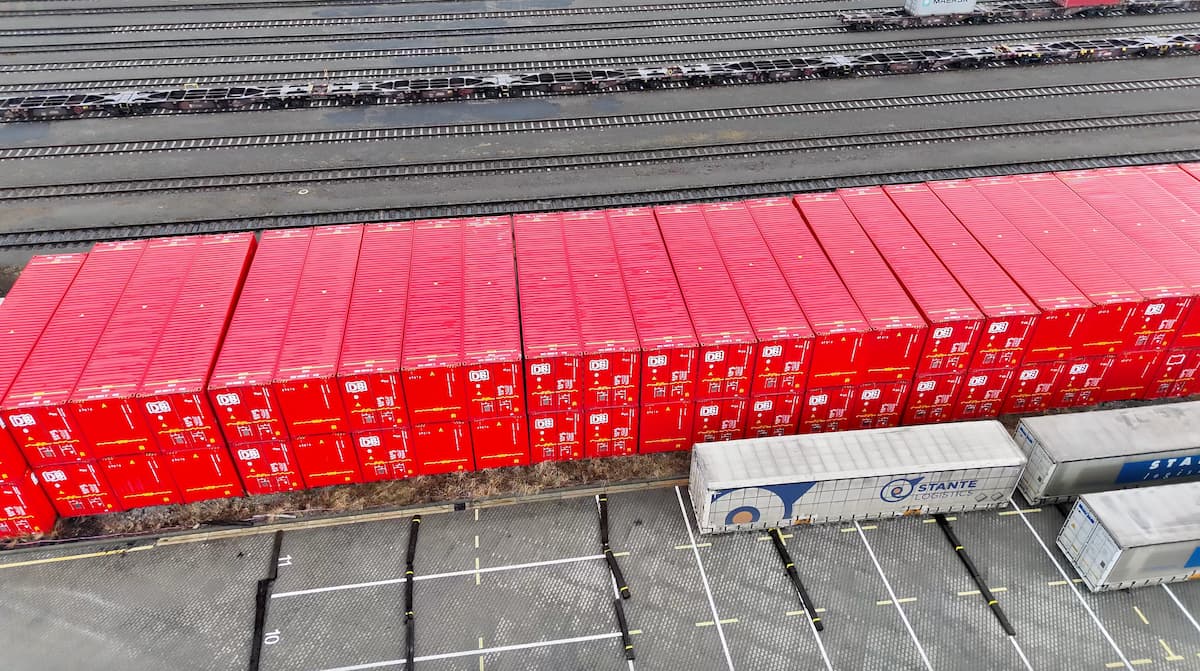
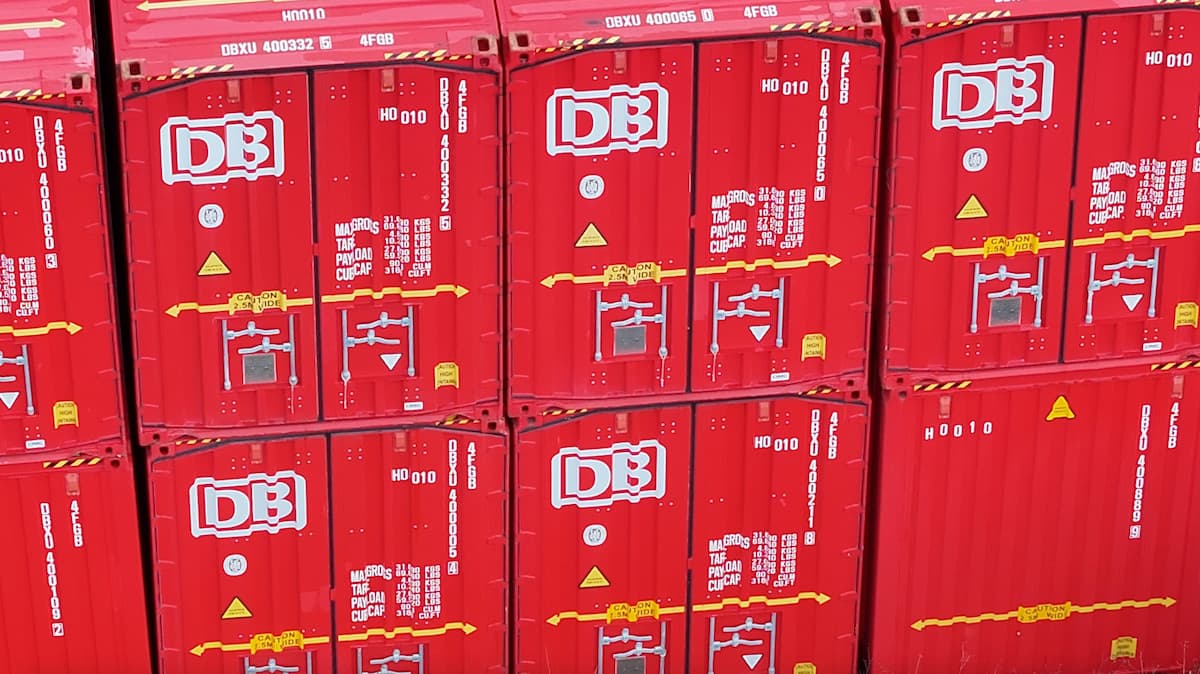
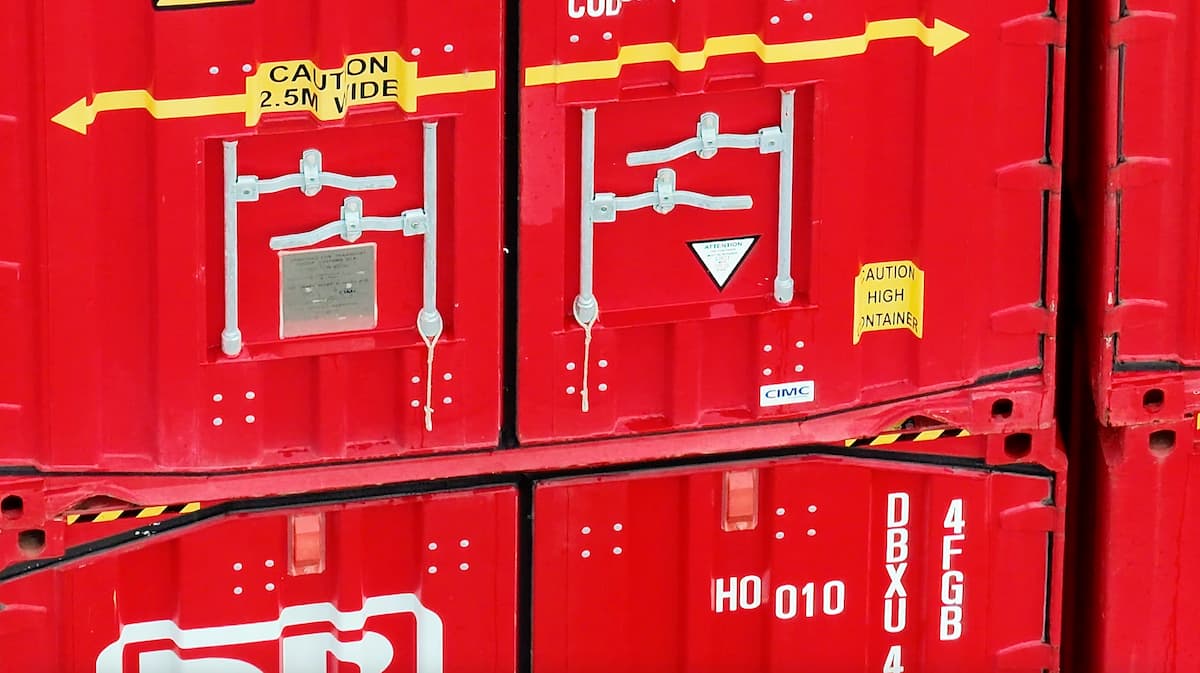
Photo Gallery of Drone Container Scanning
Inspection and Maintenance of Container Infrastructure
Regular inspection of container areas and technologies ensures long-term operational reliability and prevents unexpected failures. Drones enable rapid inspections of roofs, structures, safety equipment, and other technological installations.
Drone Usage Options for Terminal Maintenance:
- Inspection of Roofs and Structures – Detection of cracks, leaks, and corrosion.
- Inspection of Ventilation and Air Conditioning Systems – Ensuring proper air circulation.
- Monitoring of Fire Exits and Emergency Routes – Preventing safety risks.
- Detection of Heat Leaks – Identification of energy losses and cost optimization.
- Detection of Hidden Mechanical Faults – Early prevention of failures.
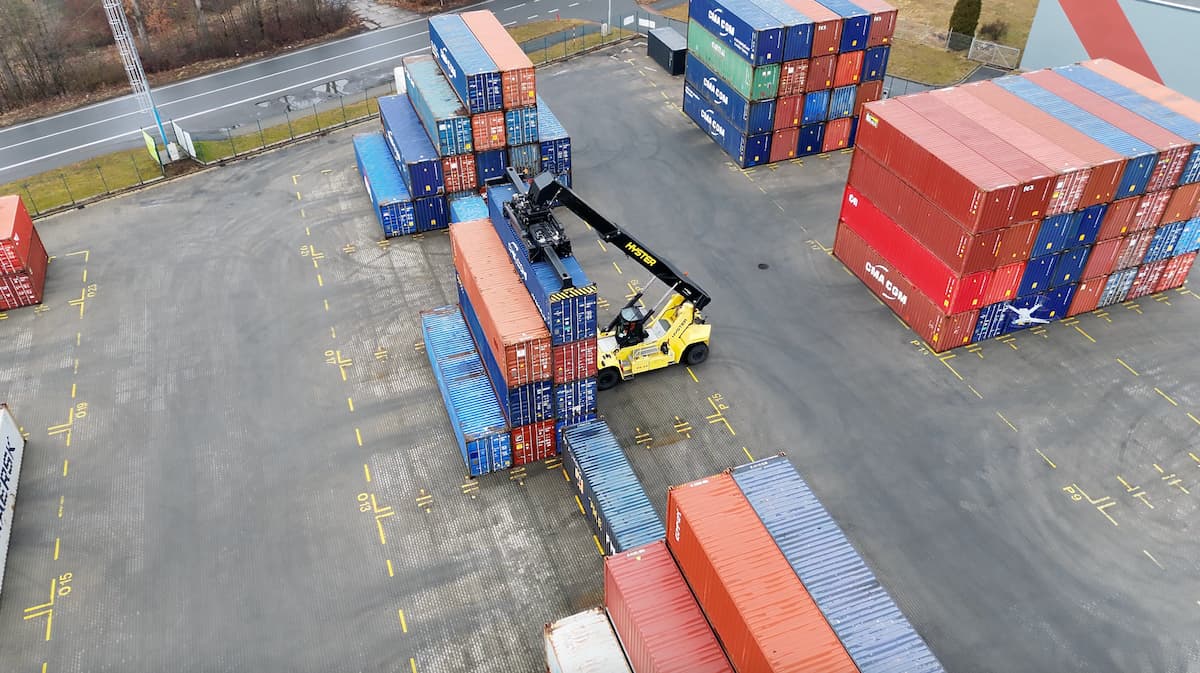
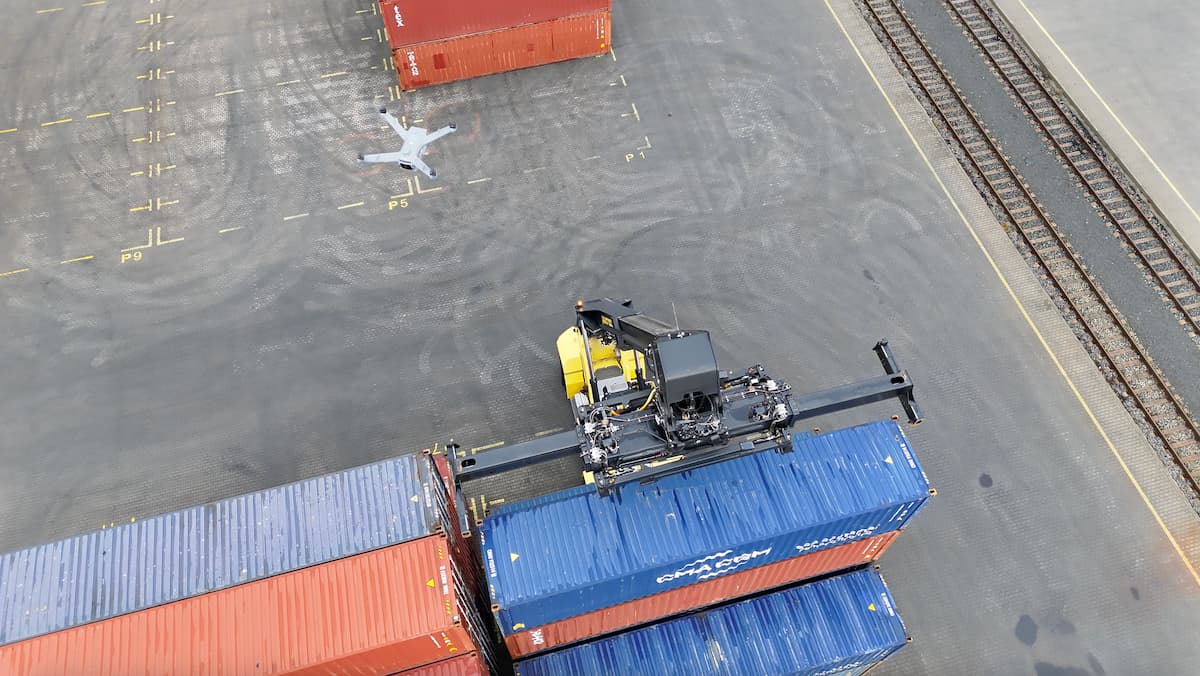
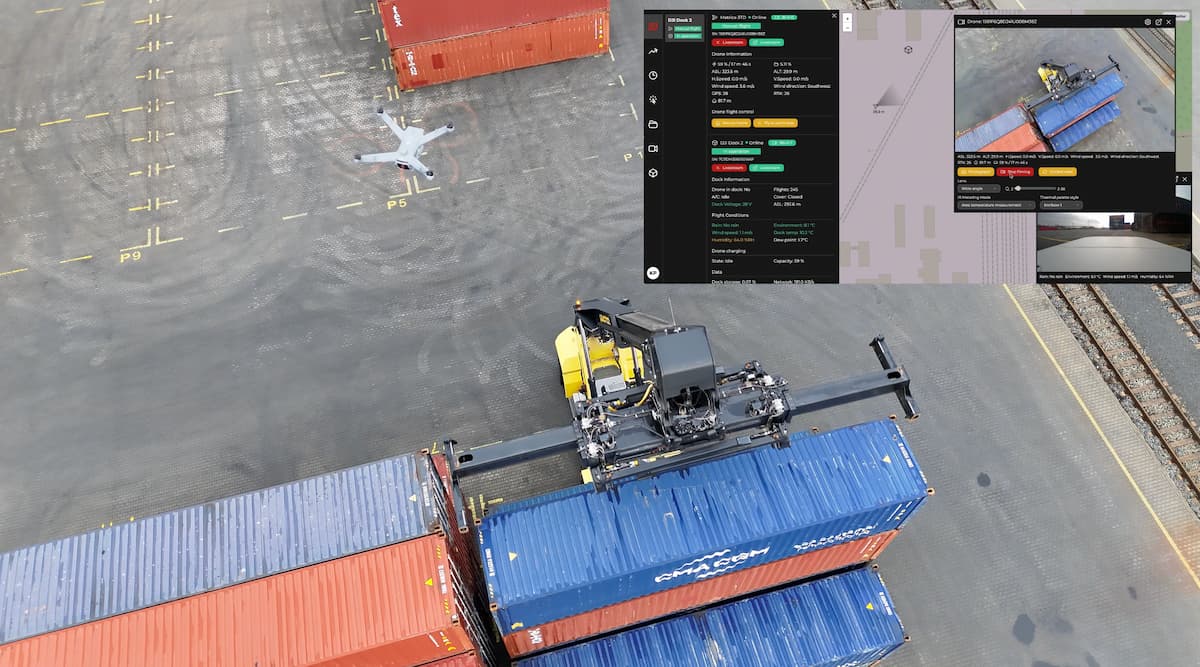
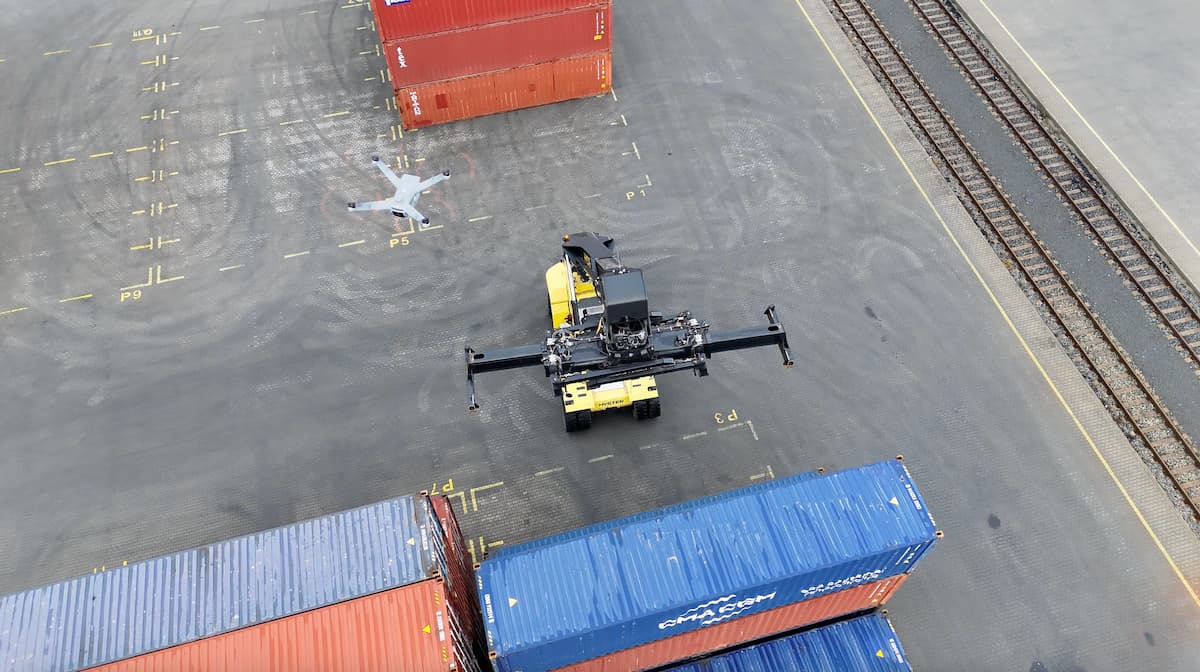
Photo Gallery of Terminal Infrastructure Inspection
Analysis of Employee Movement and Work Efficiency
Proper placement of workers and smooth movement in the container terminal are key to maximum operational efficiency. Drones enable the analysis of employee and machine movement, helping to optimize work processes.
Drone Usage Options for Analyzing Container Terminal Operations:
- Monitoring the Utilization of Individual Warehouse Zones – Identification of bottlenecks in the logistics chain.
- Detection of Risky Employee Movements – Prevention of injuries and workplace accidents.
- Optimization of Forklift Routes – Increasing the efficiency of loading and unloading.
- Automatic Time and Attendance Recording – Accurate analysis of employee attendance.
- Prediction of Internal Logistics Process Improvements – Possibility of warehouse layout adjustments.
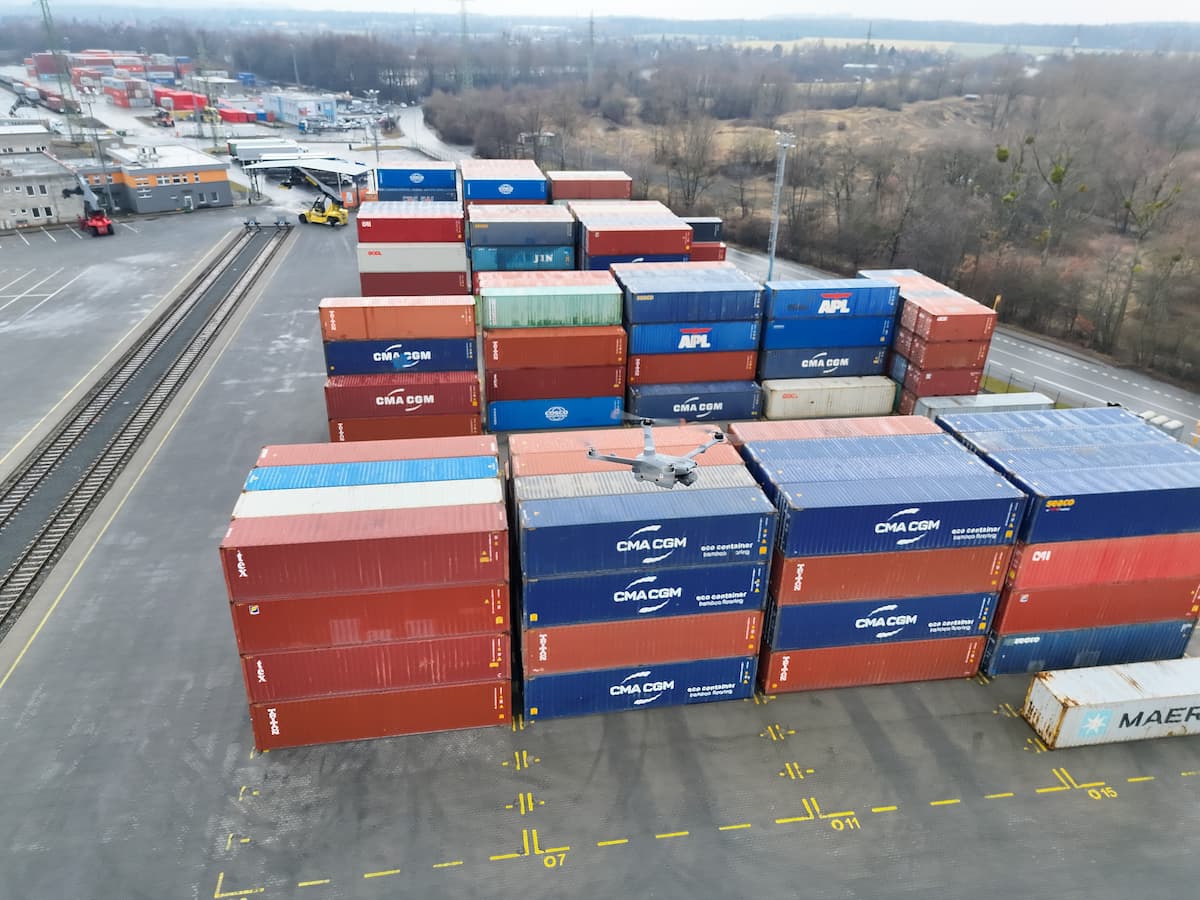
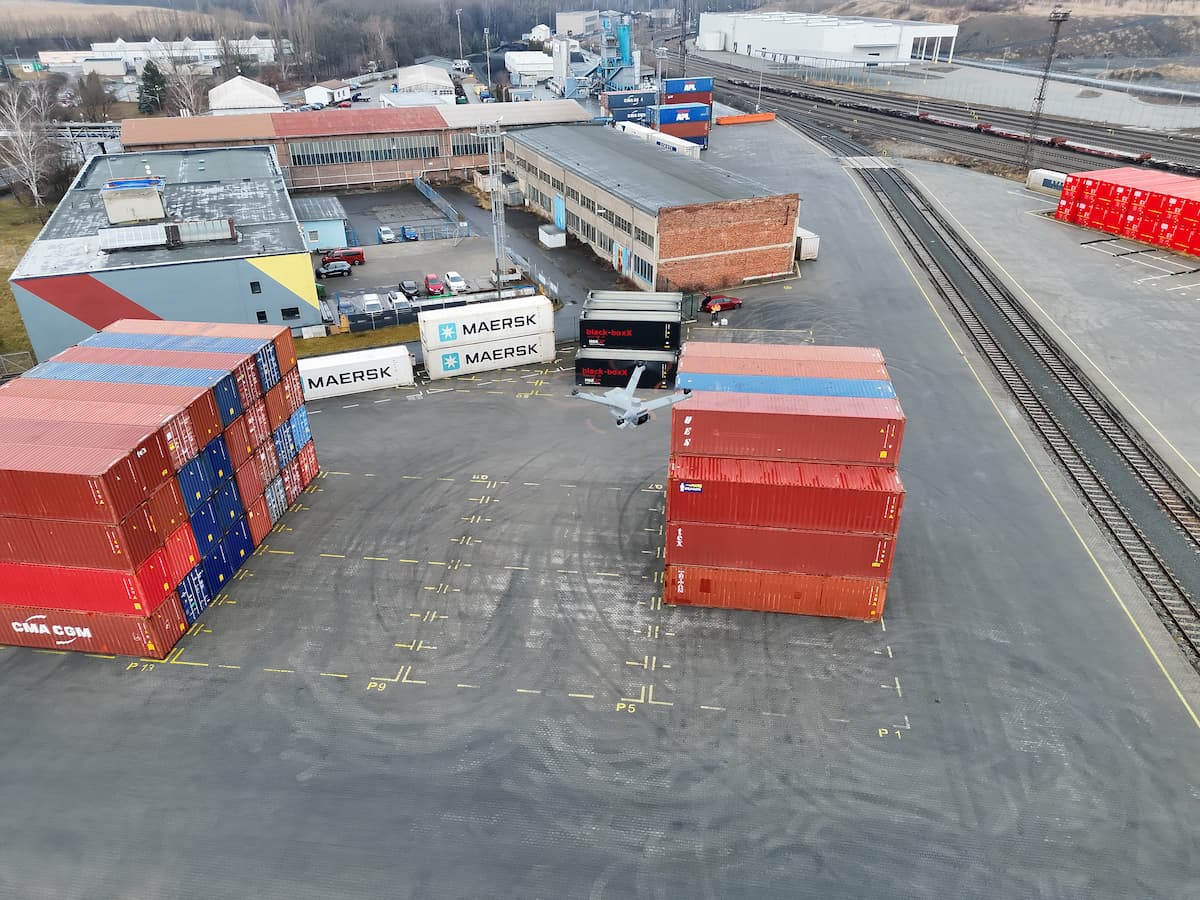
Photo Gallery of Terminal Operations Analysis
Benefits of Drone Monitoring of Container Terminals
- Continuous surveillance of the container area and protection against theft.
- Efficient infrastructure inspection and safety assurance.
- Automated container scanning and optimization of logistics processes.
- Detailed analysis of operations and employee utilization.
- Minimization of fire, mechanical failure, and safety incident risks.